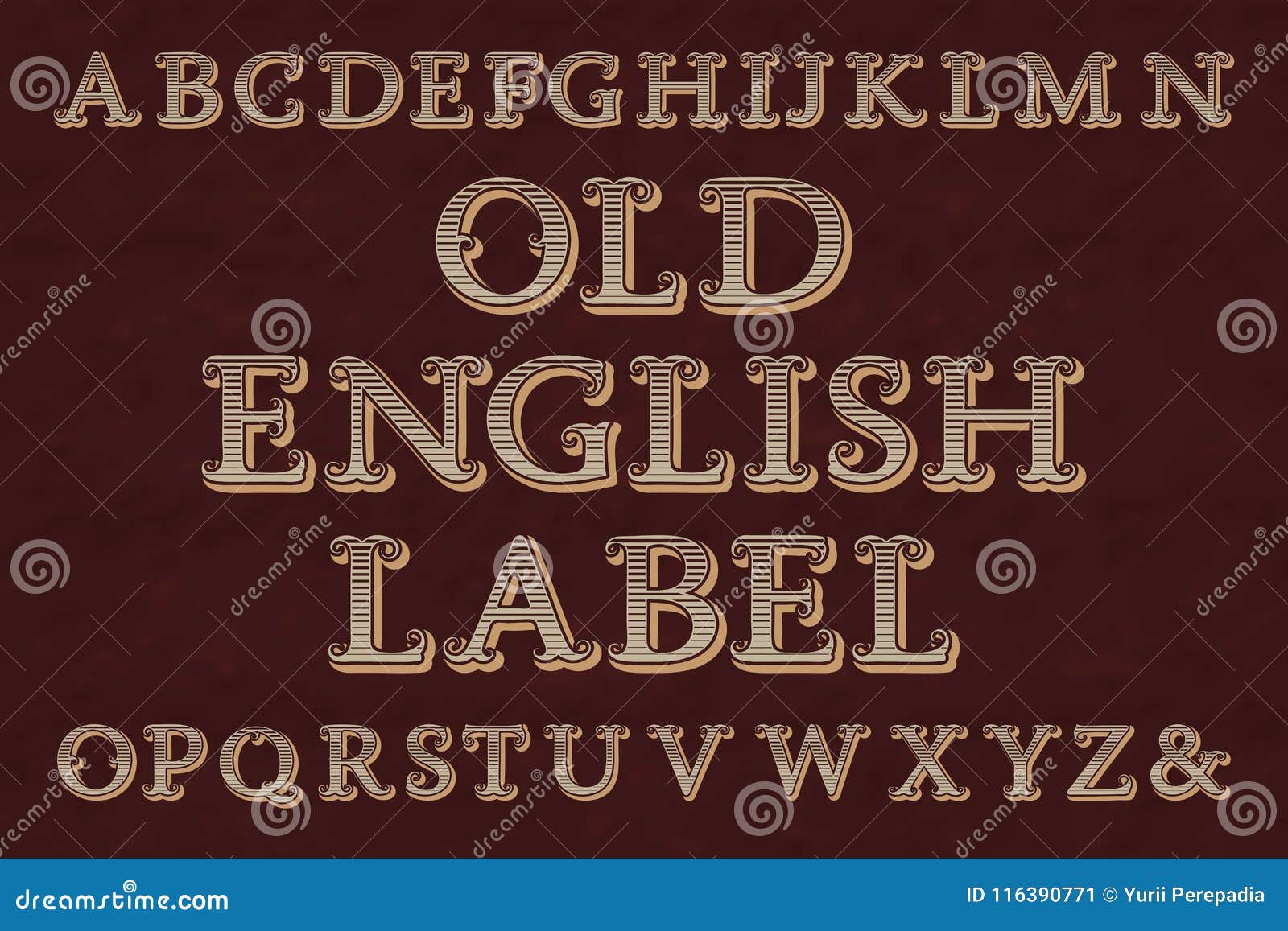

It probably comes from the 1528 Articles of Schwabach, one of Luther’s earliest confessions of faith. The origins of the name “Schwabacher” are contested: There wasn’t a printing press in the Frankish village of Schwabach, nor was there a known type cutter with this name. Whereas the Latin Gutenberg Bibles had been set in Textura, many editions of the German Luther Bible used a font called Schwabacher instead. When Martin Luther translated the Bible into German, he did not merely help usher in new religious ideas he also helped usher in a new typeface. Its etymology is from the latin textura, meaning “fabric.” Calligraphic and latticed, this typeface is still considered the standard “medieval” font.

This was the standard font from the 12th to 15th centuries in western Europe, and famous works, like the Gutenberg Bible, used this typeface. In The Beginning, There Was Texturaīefore we had the classic Times New Roman (and its older, fancier cousin Garamond), tried and true Arial, and unexplainably annoying Comic Sans, we had Textura. But why do these typefaces look so different from other fonts, and why are they so closely associated with Germany? To find out, we’ll embark on a journey that begins with the history of the printed word. You’ll also see the early S behind the bar of many drinking establishments: It’s in the logo on every bottle of Jägermeister (or should that be “Jägermeiſter”?).You’ve probably seen the funny-looking German typefaces (like in the illustration above) many times before: from museums and historical movies, to cute antique signs and perhaps even on your great-grandmother’s birth certificate, they’re practically synonymous with traditional German culture. In calculus, the integral symbol ∫ is derived from the first letter of the word “summa,” Latin for “sum,” back when it would have started with a medial S. Today, few people use this old-fashioned letter, but the Old English S did survive as a piece of mathematical notation. After all, why should printers keep two different forms of the lowercase letter S around when they could just use one and the words would still be readable? And if you have to choose one symbol for S, it only makes sense to choose the one that isn’t easy to mistake for an F. Why did the old S go away? The answer lies largely in the use of the printing press. By the 1400s, a new set of S usage rules was established: The medial S would be used at the beginning of a lowercase word or in the middle of a word, while the round S would appear either at the end of a word or after a medial S within a word, as in “Congreſs” (which appears in the first line of Article I of the Constitution). But over time, the regular S, technically known as the “round S” or “short S,” started being used as a lowercase letter, too.

Until around the 1100s or so, the medial S was the lowercase form of the letter, while the curvy line we use today was the uppercase form.

The history of S is a twisting, turning path. It’s derived from the Roman cursive S, and it survived as the Old English S, then onward through the history of English orthography until the 1800s. This old-fashioned letter has a long history. It’s actually a letter called the medial S, also known as the long S, which was a second form of the lowercase letter S. The answer lies in the fact that that’s not an F at all. Have you ever looked at a picture of a really old document or an inscription on the wall of an old building and thought, “Why are there F’s instead of S’s? Did F stand for S back then?” But no, it’s only some of the S’s that look like F’s, not all of them: You’ll see both letters right next to each other, so it’s not like they didn’t have the letter S back then.


 0 kommentar(er)
0 kommentar(er)
